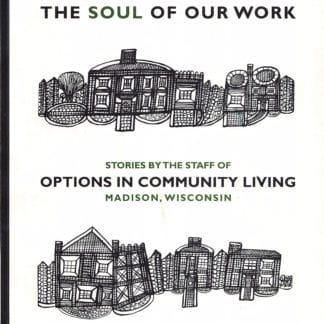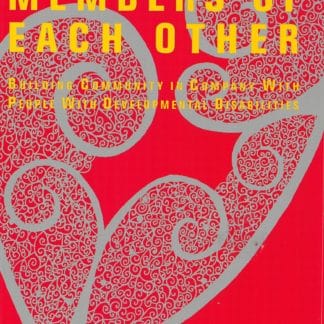Moving Past the Limits in Person-Centred Planning
John O’Brien
2006
Disseminated as an element of government policy, person- centred planning has become widespread in some jurisdictions. When the results have been assessed, large scale system invest- ments in person-centred planning have demonstrated positive but limited outcomes. In England, for example, developing a capac- ity for person-centred planning is a required part of local imple- mentation of Valuing People, a national strategy to transform the delivery of services to people with intellectual disabilities (Rout- ledge, Sanderson, & Greig, 2002). Evaluation of person-centred plan- ning efforts in four English localities (Robertson, et al., 2005) shows that person-centered plans are strongly associated with positive changes in people’s experience of choice, their contact with family and friends, and their participation in community activities (among other results) but not significantly associated with their getting a job or increasing the inclusiveness of their personal social networks (among other results). Like progressive policies in other countries, Valuing People promotes social inclusion and ac- cess to work as key outcomes, so these are significant limitationsin the contribution that person-centered planning has made so far to the desired quality of people’s lives.
These limits share two common features. One, each calls on people with disabilities to cross the social boundaries that sepa- rate people with disabilities from typical settings and ordinary rela- tionships and take up the socially valued roles of worker, member, and friend. Two, each calls on those responsible for designing and delivering assistance to move from working within the familiar ter- rain marked by the boarders of human services to the less familiar and less controllable territory of typical work and ordinary social life. There are many reasons that person-centered planning does not commonly inspire the journey into valued social roles and indi- cate the path that people with disabilities and their assistants can take to inhabit them. Moving past these limits requires two kinds of work: one, systematic effort to remove service imposed con- straints on people forming new relationships and taking up new roles; and, two, learning ways that the person-centred planning process can mobilize more courageous and creative action.



